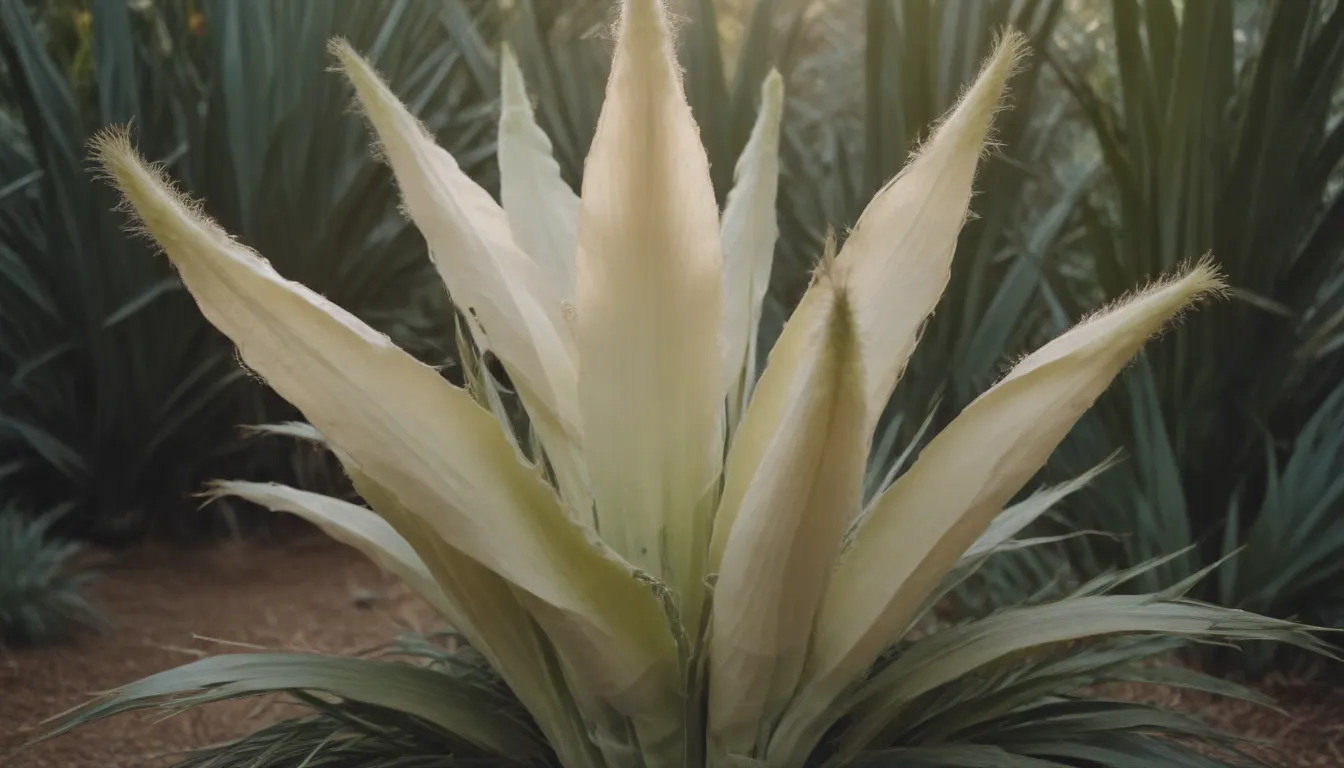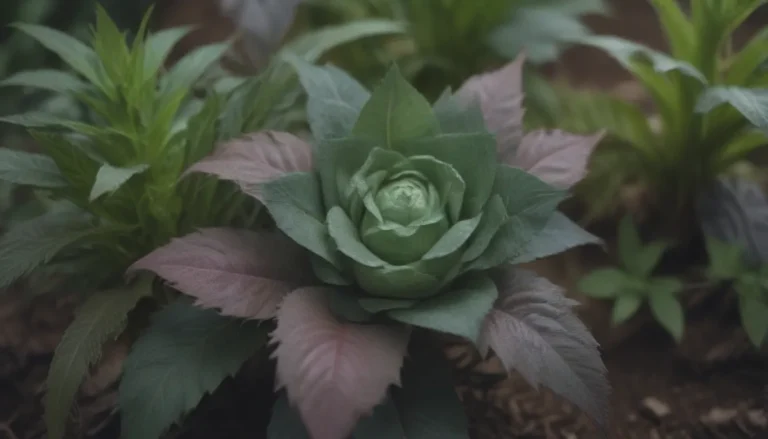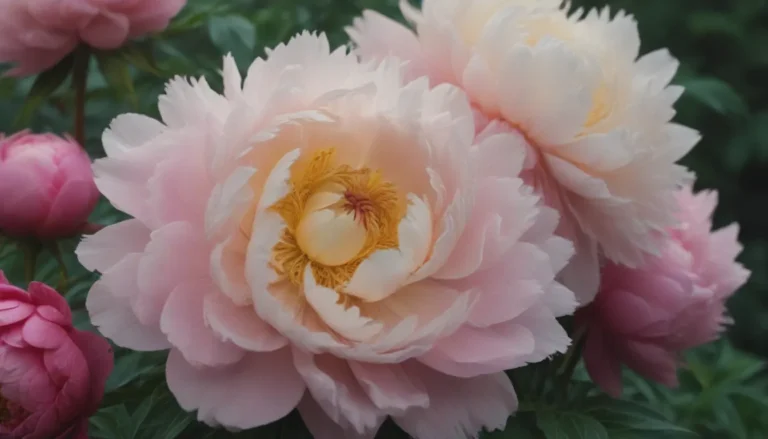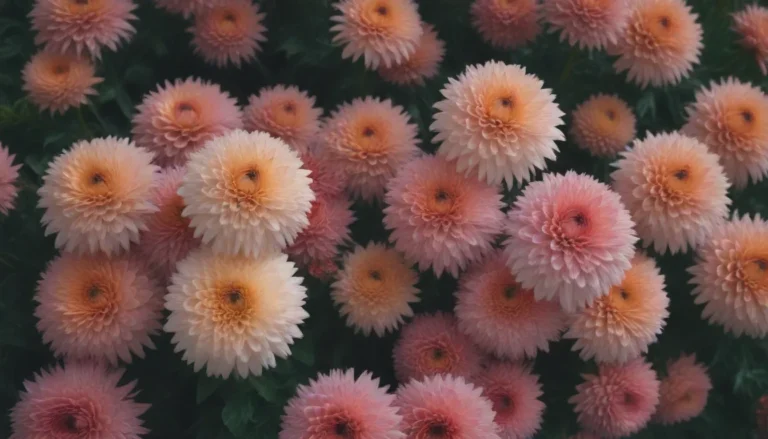Comprehensive Guide to Growing and Caring for Banana Yucca

Are you a plant enthusiast looking to add a unique succulent to your collection? If so, you may want to consider the banana yucca, also known as datil yucca (Yucca baccata). This cactus-like succulent is prized for its fleshy, sweet seedpods that resemble bananas and its stunning bell-shaped flowers. In this article, we will delve into everything you need to know about growing and caring for banana yucca to help you cultivate a thriving plant that will bring beauty to your garden or home.
Introduction to Banana Yucca
Banana yucca, or Yucca baccata, is native to the Southwest United States and northern Mexico, where it thrives in arid desert conditions. This slow-growing plant features mounded clumps of sword-shaped leaves that create a striking rosette. In the spring, banana yucca produces tall spikes of creamy, sometimes purple-tinged flowers that are densely arranged. The plant’s seedpods, which are edible, are a popular food source, and its leaves have various traditional uses, such as basket weaving and brush making.
Key Characteristics of Banana Yucca:
- Name: Yucca baccata
- Native Region: Southwest United States and Mexico
- Unique Feature: Fleshy, sweet seedpods resembling bananas
- Growth Habit: Slow-growing, stemless plant forming large clusters
- Flowering Season: Spring
Banana Yucca Care Tips
Caring for banana yucca is relatively low-maintenance once the plant is established. Here are some essential care tips to help your banana yucca thrive:
Light:
- Banana yucca prefers full sun to partial shade for optimal growth.
Water:
- While banana yucca is drought-tolerant, it benefits from occasional watering, especially in warm weather.
- Avoid overwatering to prevent root rot; reduce watering if leaf tips start turning brown.
Soil:
- Plant banana yucca in well-drained, sandy soil to prevent waterlogging.
- The plant cannot tolerate soggy conditions, so ensure proper drainage.
Temperature and Humidity:
- Banana yucca is cold-hardy and can withstand freezing temperatures up to 15℉.
- It thrives in arid, desert climates with low humidity.
Fertilizer:
- Fertilize banana yucca with a balanced, slow-release fertilizer in the spring to promote healthy growth.
Types of Yucca Plants
Apart from banana yucca, there are several other yucca species that you may encounter. Some common types include:
- Soapweed Yucca
- Beargrass Yucca
- Faxon Yucca
Pruning Banana Yucca
To maintain a neat appearance and encourage new growth, you can prune banana yucca by removing old flower stalks before the new growth emerges in early spring. Use gloves and protective clothing to avoid injury from the plant’s sharp leaves.
Propagating Banana Yucca
Banana yucca can be propagated through offsets or cuttings. Here’s how you can propagate banana yucca:
By Offset:
- Divide an offset from an established plant to create a new banana yucca.
By Cuttings:
- Root yucca cuttings in well-draining soil to propagate new plants efficiently.
Growing Banana Yucca from Seeds
While growing banana yucca from seeds is possible, it is easier and more reliable to propagate the plant using offsets or cuttings from mature specimens. Seed germination can take several weeks and is less predictable than other propagation methods.
Potting and Repotting
Banana yucca can be potted both indoors and outdoors in large containers filled with well-draining potting soil. These slow-growing plants can thrive in pots for several years before requiring repotting. Exercise caution with children and pets due to the plant’s toxicity and sharp leaves.
Overwintering Banana Yucca
To protect banana yucca from freezing temperatures, apply mulch and cover the roots with plastic or cloth if grown in pots. Reduce watering in the fall as temperatures drop to help the plant prepare for winter dormancy.
Common Pests
Spider mites are a common pest that may affect banana yucca plants. Look out for fine webs on the plant and treat infestations with neem oil or chemical pesticides to control the pest population.
Encouraging Blooming in Banana Yucca
Banana yucca blooms in late spring with beautiful creamy white flowers. To encourage blooming, fertilize the plant in early spring, maintain regular watering after blooming, and deadhead spent flowers to promote repeat blooming in the following season. Patience is key, as it may take several years for a young plant to produce flowers.
In conclusion, banana yucca is a unique and beautiful succulent that can add character to your garden or home. By following the care tips outlined in this article, you can cultivate a healthy and vibrant banana yucca plant that will delight you for years to come. Remember to enjoy the process of growing and caring for your banana yucca, and watch it thrive in its natural environment. Happy gardening!





